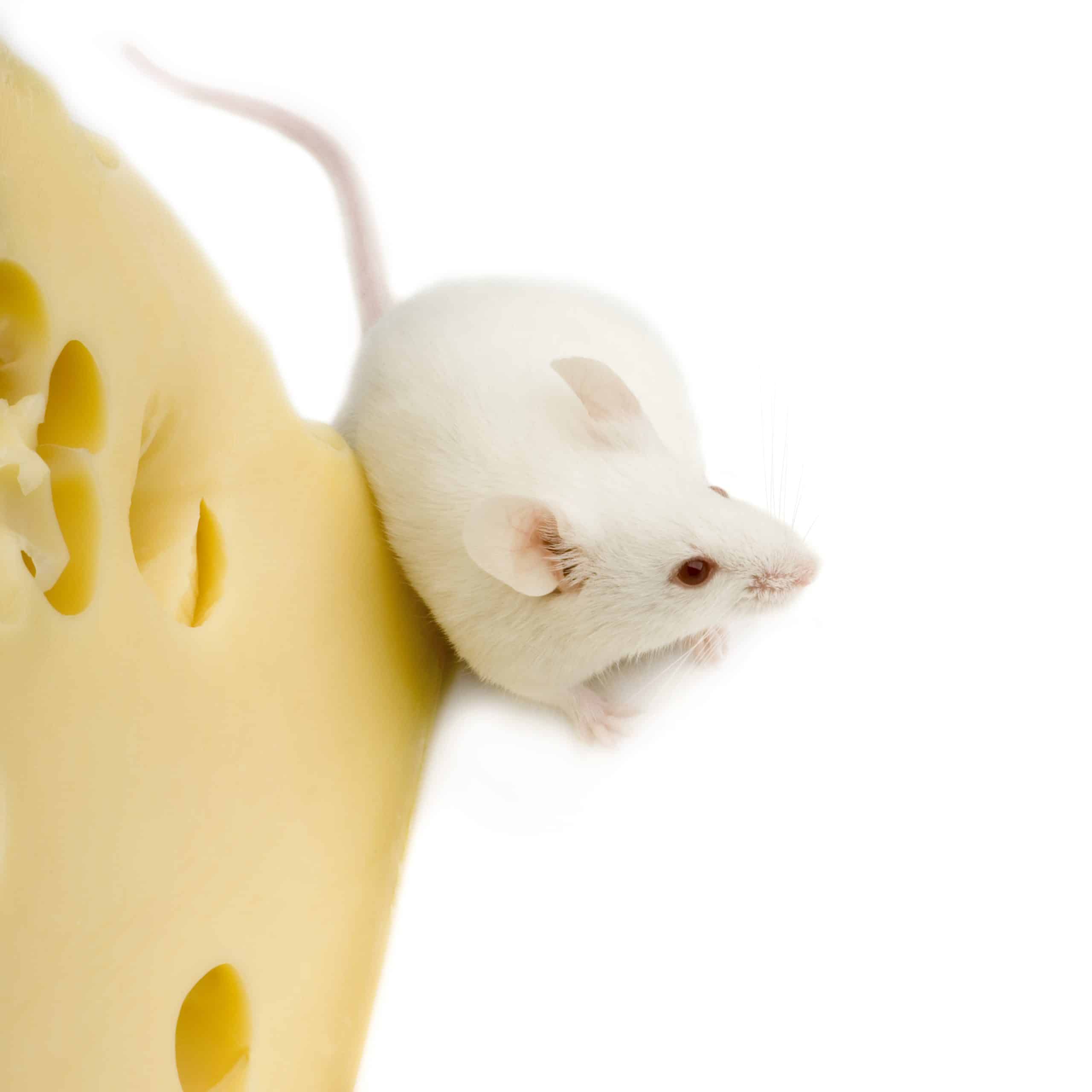How Can You Design a Home Laboratory for Amateur Scientists with Safety in Mind?

If you have ever dreamt of conducting your own science experiments or working on DIY biology projects, you must have considered setting up a home laboratory. Having a lab at your disposal can open up a world of possibilities for exploration and learning. However, working with lab equipment and chemicals can be dangerous if not done correctly. This comprehensive guide will walk you through the steps to build a home laboratory, keeping the importance of safety in mind.
Planning Your Lab Space
Before you start building your home science laboratory, you need to plan your lab space properly. The location and layout of your lab will need to accommodate the kind of work you intend to do, whether it be chemistry, biology, or other types of scientific experiments. For a home lab, you may have to work with a limited space, but with careful planning, you can make the most out of it.
A découvrir également : How to Optimize an Attic Conversion for a Teen’s Bedroom and Study Space?
A good rule of thumb is to pick a well-ventilated area with easy access to water and electricity. This is not only for the operation of lab equipment but also to ensure safety. Some experiments may generate fumes, and good ventilation will help disperse them. Running water is crucial for cleaning up spills, while electricity will power your equipment.
In designing your layout, consider the workflow. Categorize areas for different purposes such as wet work (experiments involving liquids), dry work (data analysis, record keeping), storage, and cleaning. Keep in mind the possible need for a controlled environment for certain experiments. For instance, a quiet corner away from direct sunlight would be perfect for a DIY microscope.
A découvrir également : What’s the Best Approach for a Hidden Fold-Down Ironing Board in a Laundry Room?
Choosing and Handling Lab Equipment
Once you have your lab space planned out, the next step is to gather your lab equipment. You would be surprised to know that much of the scientific equipment used in professional labs can be improvised at home or bought at a reasonable price.
For a basic lab setup, you may need microscopes, test tubes, beakers, pipettes, scales, and more. While buying new equipment is always an option, you can also source second-hand equipment from school labs or online platforms. Always ensure that the equipment is in good working condition before bringing it into your lab.
Safety should always be your priority when handling lab equipment. Always use lab-approved gloves and eye protection when necessary. Be sure you know how to properly use and maintain each piece of equipment to prevent accidents.
Stocking Up on Chemicals
The magic of science happens when you start mixing chemicals. However, handling chemicals requires utmost care and consideration. It’s crucial to understand that not all chemicals are safe for home use, and some are illegal to possess without a permit.
For an amateur home lab, it’s best to stick to basic chemicals that are safe to handle. These could include food-grade chemicals such as vinegar (acetic acid), baking soda (sodium bicarbonate), and table salt (sodium chloride).
Organize your chemicals based on compatibility and storage requirements. Some chemicals should not be stored together as they can react violently. Always store chemicals in a cool, dry place, away from sunlight and out of reach from children and pets.
Building a Lab Community
One of the most rewarding aspects of having a home lab is the ability to share your work and discoveries with others. This is the foundation of scientific progress – the open exchange of knowledge and ideas.
Start by involving your family members in safe, simple experiments. This could be a great way to get children interested in STEM fields early on. You can also connect with other amateur scientists through online communities, local science clubs, or science festivals. Sharing your work and receiving feedback can inspire new ideas and ensure you’re following safe practices.
Prioritizing Lab Safety
Lastly, but most importantly, ensure safety in your home laboratory. This isn’t just about wearing a lab coat and goggles, but about understanding potential risks and knowing how to prevent and respond to accidents.
Always follow the instructions for each experiment, especially regarding the handling and disposal of chemicals. Keep a first-aid kit in your lab and know basic first aid practices. If you’re working with biological materials, understand biosafety levels and how to handle and dispose of biohazardous waste.
Remember, your home is not a professional laboratory, and it’s crucial not to take unnecessary risks. The goal is to learn and explore, not to put yourself or others at risk.
As you embark on your home lab journey, remember that science is about curiosity, exploration, and discovery. Your home laboratory can be a portal to the wonders of science, but it’s essential to carry out your experiments safely and responsibly.
Keeping Up with Latest Advances
A home lab is not a static entity. It can and should evolve along with your growing knowledge and the advancement of technology. Keeping abreast with the latest developments in science can help you refine your lab setup and procedures. This also means staying updated on the safety standards and protocols in your field of interest.
If chemistry experiments are your area of focus, make sure to stay informed about the latest methods of handling and disposing of chemicals, as well as the introduction of new, safer chemical alternatives. You can do this by subscribing to science magazines, following relevant blogs, and studying the latest research papers on databases like Google Scholar.
For enthusiasts of synthetic biology and genetic engineering, open source resources are invaluable. DIY bio communities, both online and offline, can be a great source of knowledge, inspiration, and support. Websites like DIYbio.org and platforms like BioBricks Foundation, provide comprehensive resources on topics ranging from DNA extraction to building a DIY bio lab.
In the spirit of open science, many DIY biologists share their methodologies, data, and findings on these platforms. Similarly, community labs often host workshops, seminars, and other learning opportunities for amateur scientists.
It’s also worth exploring projects like the Open Insulin Project. This is a community-driven endeavor aimed at developing an affordable and openly available insulin-production method. Such projects not only demonstrate the power of community and collaboration but also the potential of what can be achieved in a home lab.
Remember: always respect copyright and licensing laws. Many resources are available under licenses like Creative Commons which allow free use and distribution with certain restrictions. Be sure to understand these restrictions before using any resource.
Conclusion: The Journey of a Lifetime
Setting up a home laboratory can be the start of an exciting journey into the world of scientific exploration. From creating a conducive lab space, choosing and handling lab equipment, to carrying out chemistry or biology experiments, each step is an opportunity to learn and grow.
Safety must be your guiding principle at every stage of this journey. From the planning phase to conducting experiments and disposing of waste, safety should be ingrained in every decision you make. This is not only for your personal well-being, but also for the benefit of the environment and the community at large.
With the advent of open-source resources and community labs, there has never been a better time to get involved in DIY biology. As you embark on this journey, remember to keep learning, stay connected with the wider scientific community, and most importantly, have fun while doing it.
Your home lab is more than just a space for experiments. It’s a testament to human curiosity, a tangible expression of your passion for science. Whether you’re isolating DNA, synthesizing insulin, or simply mixing vinegar and baking soda, you’re contributing to a long tradition of scientific inquiry.
As you sit at your lab bench, remember that science is a collaborative endeavor. Share your findings, engage with other DIY biologists, and contribute to the collective knowledge of mankind. After all, science is as much about community as it is about discovery.
As the great Isaac Newton once said, "If I have seen further, it is by standing on the shoulders of giants". In the world of DIY biology, we are all giants, supporting and enabling each other to reach greater heights of understanding. In your home lab, you too are a part of this grand tradition of discovery, exploration, and innovation. So, unleash your curiosity, roll up your sleeves, and let the experiments begin!
